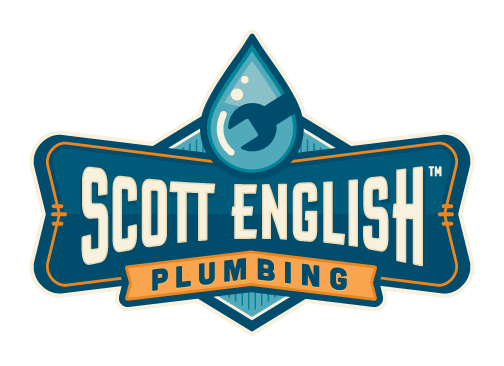5 Steps to Hiring the Right Plumber in Lake Forest
When you’re looking for a plumber, it can be very tempting to just dial the first number you find in the phone listings. This is especially true if you have a plumbing emergency, but it is never advised that you go into any major decision without thinking through the steps carefully.
This plumber can make or break your home. This person can fix your problem quickly and efficiently or make it worse with a simple error most experienced plumbers would not mess up. And then you have the companies that operate on totally unethical standards, which is a whole other story. So how do you make sure that you don’t end up with a company that fits these less than positive descriptions? Follow these five steps:
- 1. Start filtering out unethical companies by finding one that charges by the job rather than by the hour. You always want to ask this question up front because usually, the bill you see for a job that was charged by the hour is much higher than one that was charged by the job. A plumber who works by the hour is not motivated to get your job done quickly because he will get paid more for less work by simply taking as long as possible. Just skip the drama and hire a company that charges by the job instead.
- 2. Verify their license number. Don’t be afraid to ask for their license number so that you can call and verify that they are actually licensed to do work in your area. There are very strict guidelines to follow in order for companies to be licensed, so this is a good indication of whether or not this is someone who follows the rules. If you are concerned about seeming too forward about asking for their license number on the phone, tell them that you need it to put it on your claim for your homeowner’s insurance.
- 3. Ask if they offer a service warranty. Just as you wouldn’t buy major purchases that don’t offer a warranty, so you should not hire a plumber that does not offer a warranty on his work. That warranty may be for anywhere from six months up to a year. If there is no warranty offered, then just go somewhere else.
- 4. Call around to get at least four quotes. Most homeowners have no idea what a fair price is for the work they need to be done, so the easiest way to figure it out is to call around and get several quotes. You should see a cluster around a certain price range, so beware of bids that seem far below that cluster. This will also give you a chance to speak with someone from the company and learn if this is one you can deal with.
- 5. Find out what your wait time is. Different companies have different wait times according to how many jobs they have on hand at a given time. If you have an emergency, then you need one that offers 24 / 7 emergency service, and be sure to ask precisely what that means. Are you going to be waiting four hours just for someone to show up? Weigh the wait time against the cost of the job to determine which plumber is the best one for you right now.
Any homeowner can make a calm, collected decision when it comes to dealing with plumbing problems in their home if they just follow this plan. If you are looking for a plumber in the Lake Forest area, give Scott English Plumbing a call.

